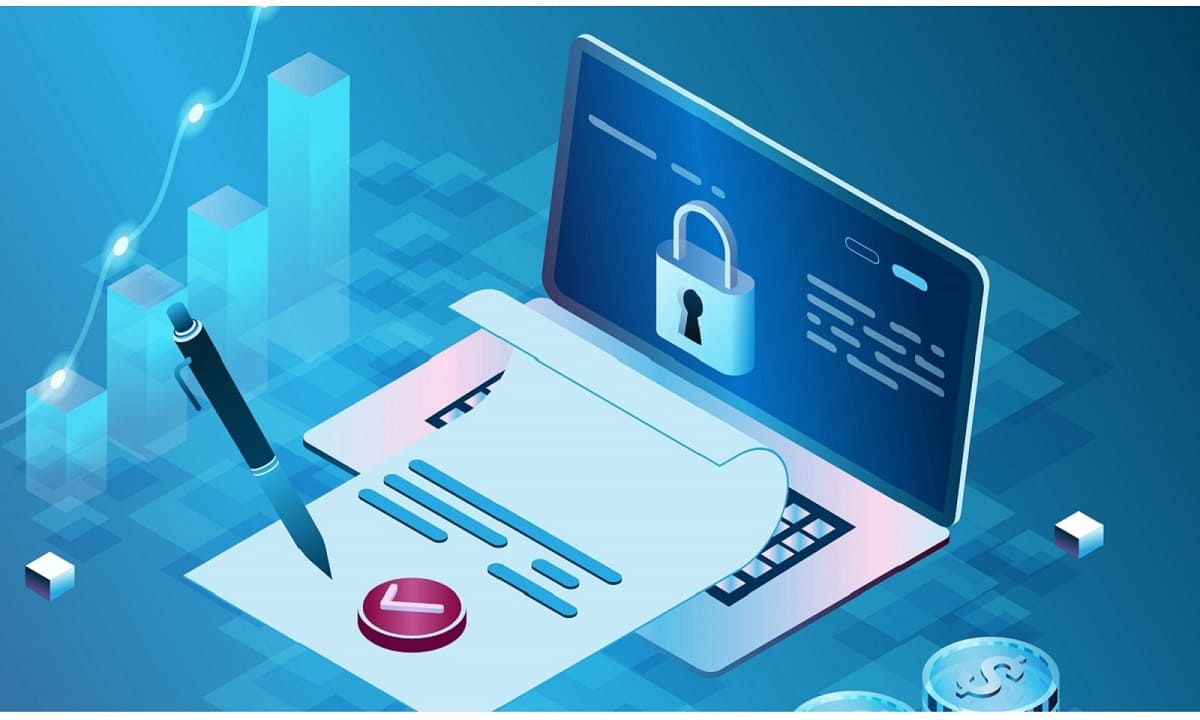
If you’re like most business owners, you understand the importance of having legally binding agreements in place. Whether you’re dealing with customers, vendors, or partners, it’s crucial that everyone is on the same page in terms of what’s expected of them.
But what’s the best way to go about getting those agreements signed? If you’re still relying on old-fashioned paper documents and in-person signings, you may be unnecessarily complicating things. Fortunately, there’s a much simpler solution: esignature.

What is an electronic signature?
An electronic signature—often referred to as an e-signature—is a legally binding substitute for a traditional hand-signed signature. E-signatures can be used for any type of document, including contracts, NDAs, tax forms, and more.
How does it work?
- The first step is to create your document using your preferred software. Once the document is complete, you’ll upload it to the platform. From there, you’ll be able to add fields for each signer’s name and email address.
- You can also specify when and how each signer will receive the document. For example, you can set it up so that they’ll receive an email notification as soon as the document is ready for their signature.
- Once all the fields have been added and the document has been sent out for signing, all that’s left to do is sit back and wait for all the signatures to come rolling in.
- You can track the progress of your document at any time by logging into your account; once all the signatures have been collected, you’ll be able to download the completed document as a PDF. It really is that easy!
Why use electronic signatures?
There are many benefits of using electronic signatures rather than traditional paper signatures.
- First and foremost, it’s more convenient for everyone involved. With these services there’s no need to print out documents or schedule in-person meetings just to get a signature—everything can be done remotely. This not only saves time but also cuts down on expenses such as printing and postage costs.
- Another big advantage of e-signatures is that they’re more secure than paper signatures. With 256-bit encryption and two-factor authentication, you can rest assured knowing that your documents are safe from tampering or fraud.
Different Types of Electronic Signature Services
Not all electronic signature services are created equal! There are many different types of services out there designed to meet different needs. Here are some of the most common types of services:
Online Form Builders: Online form builders allow you to create forms and collect signatures all in one place. They typically offer a wide range of features such as drag-and-drop form creation tools, the ability to embed forms on websites or share them via social media or email, e-signature compliance, and more. Formstack is one popular online form builder that offers electronic signature functionality.
eSignature API Providers: API stands for Application Programming Interface—it basically allows two pieces of software to talk to each other seamlessly so that data can be transferred between them easily. An eSignature API allows developers from different companies to work together seamlessly and add eSignature functionality to their existing software platforms with ease.
eSignature Software Platforms: These platforms provide everything businesses need to manage their entire signing process from start to finish all in one place—this includes creating documents, sending them out for signature, tracking progress, storing signed documents, and more.
Endnote
The tamper-proof audit trail gives you a complete record of when each document was signed and by whom; this comes in handy if there is ever a dispute about the contents of a signed agreement.
